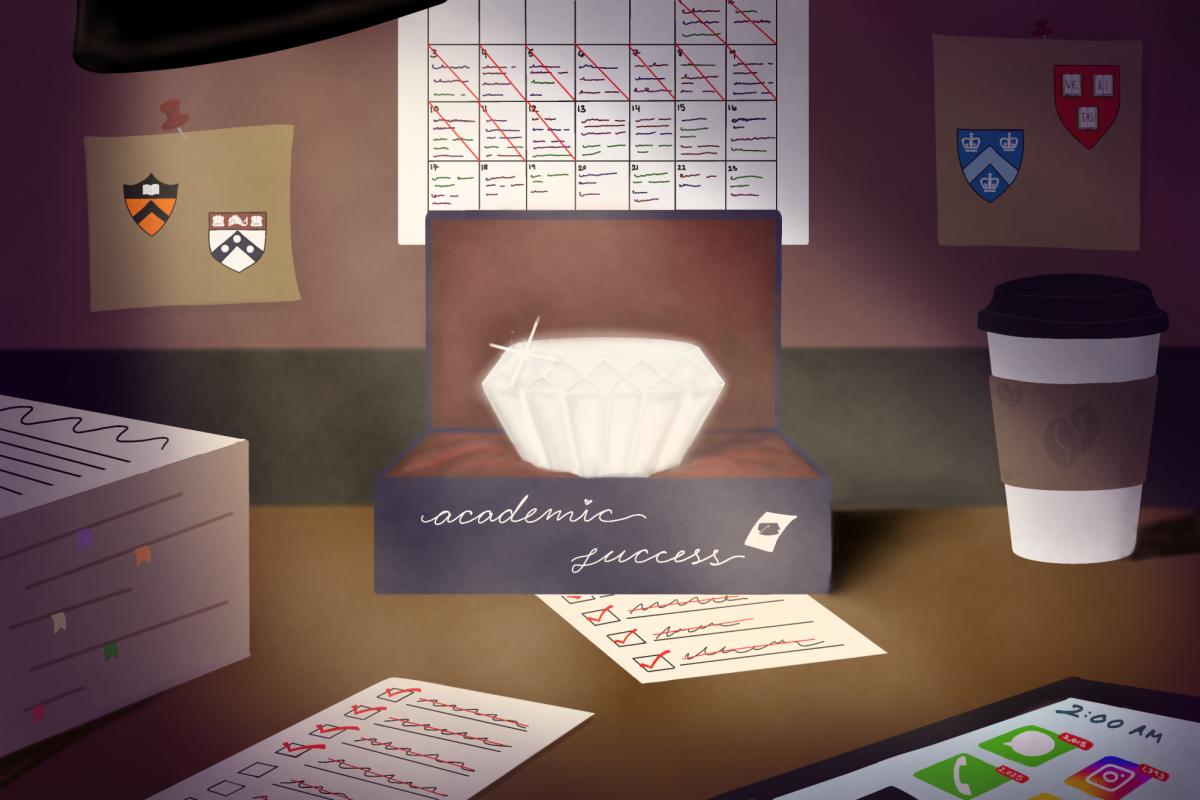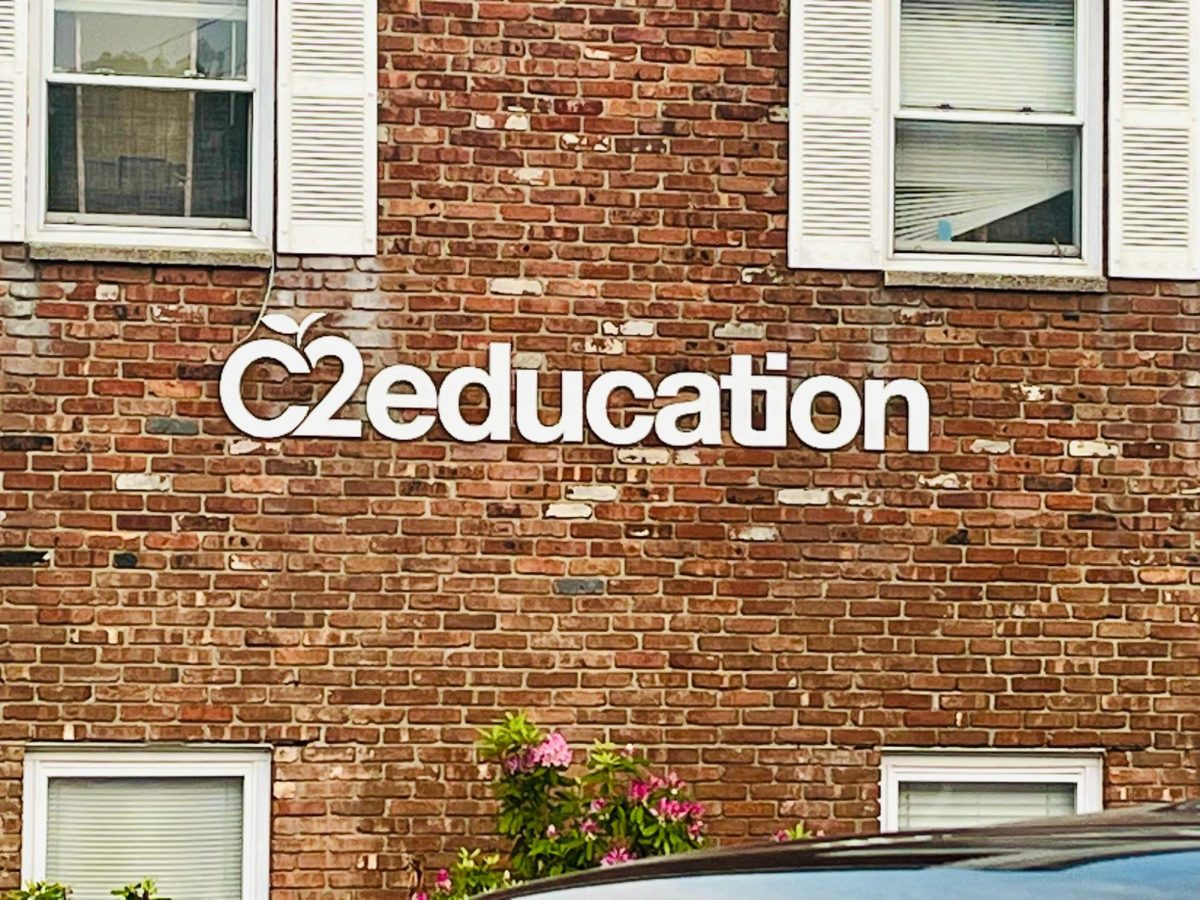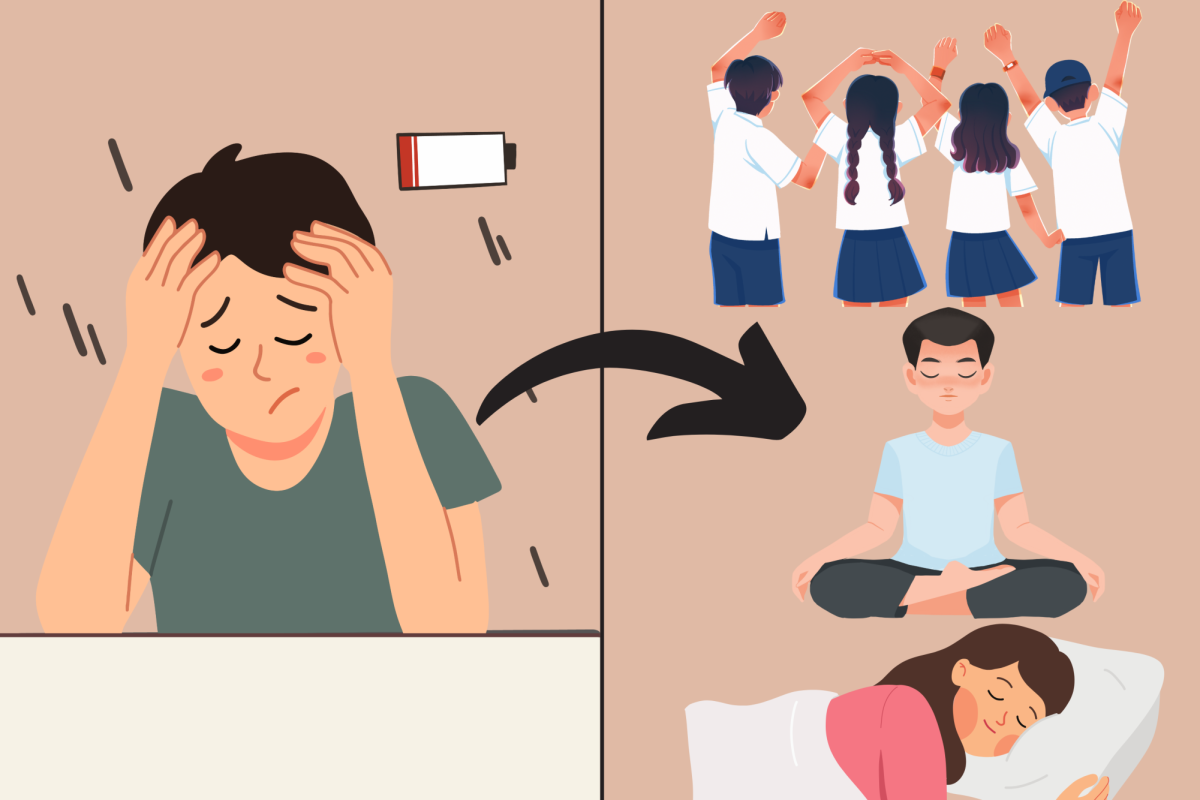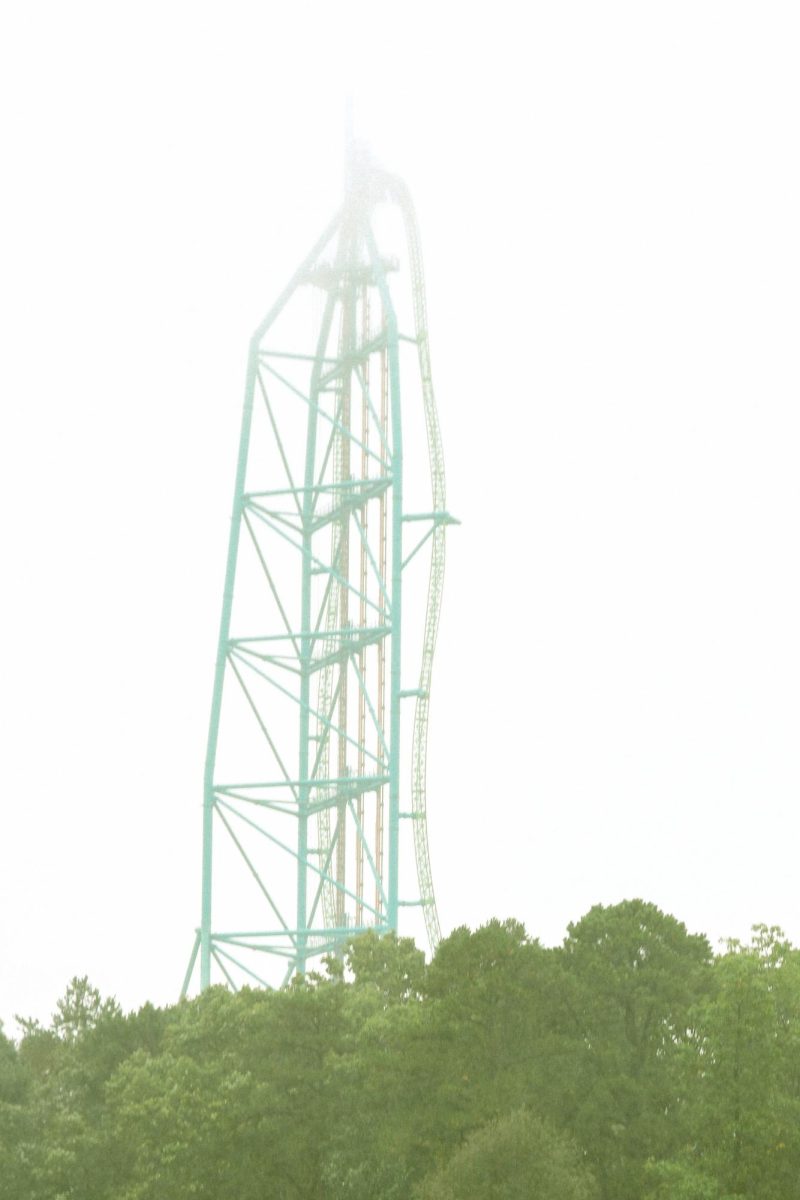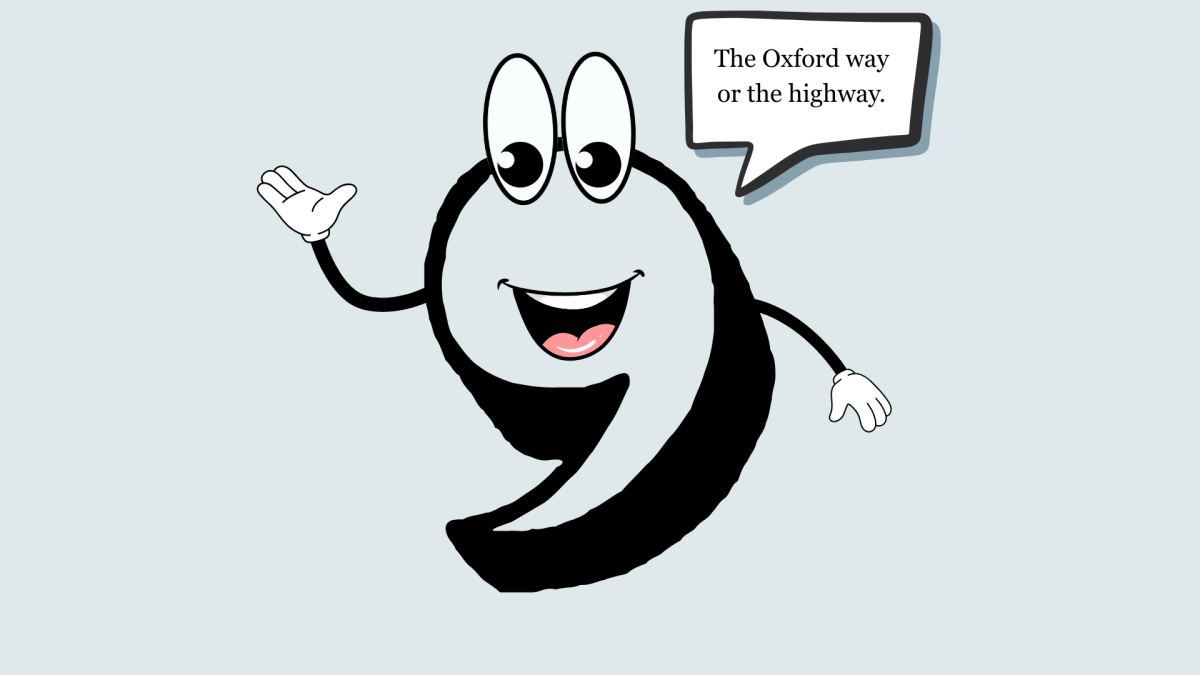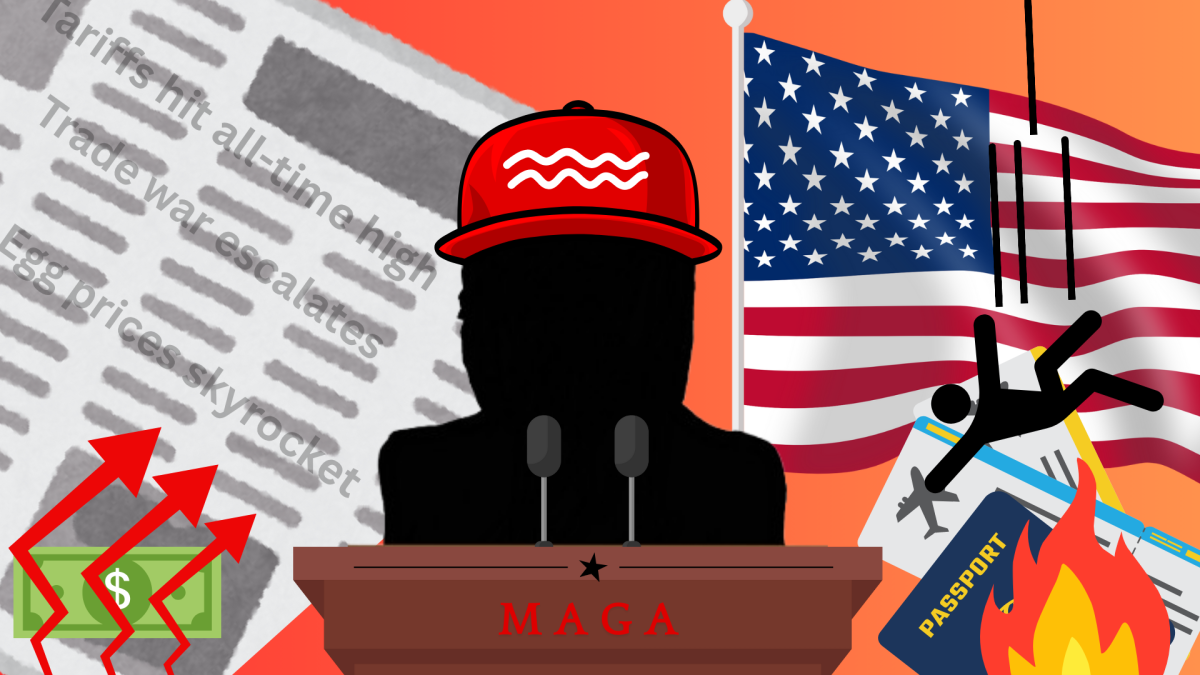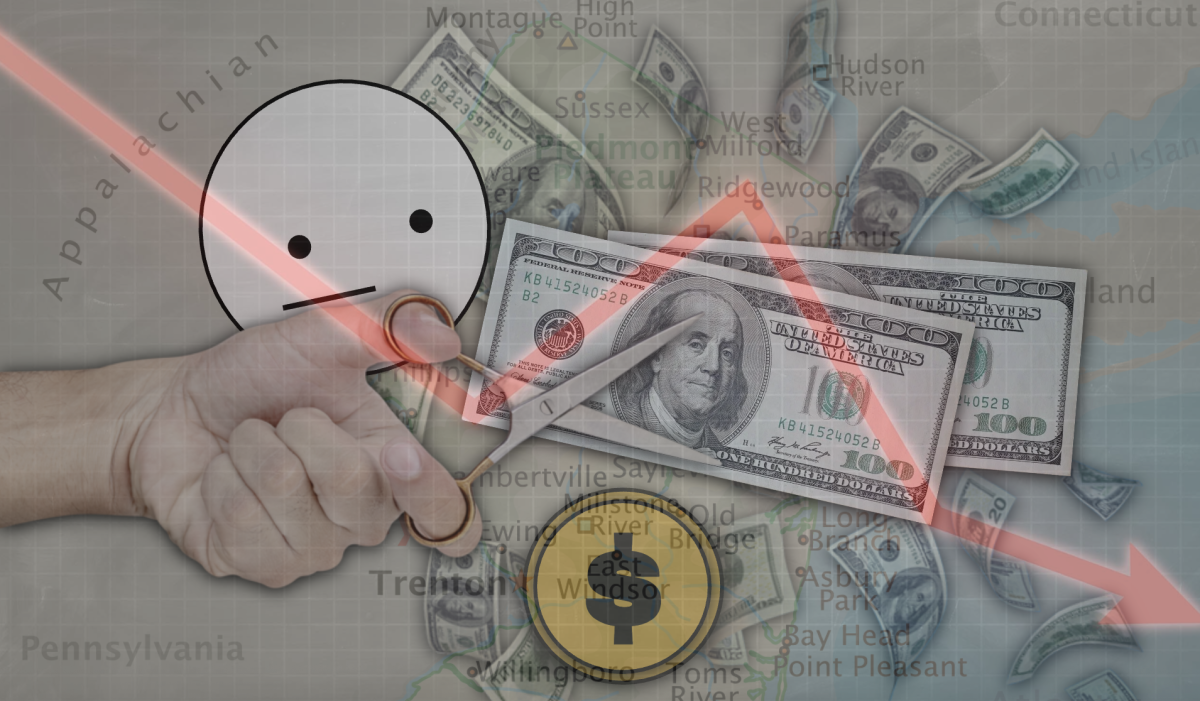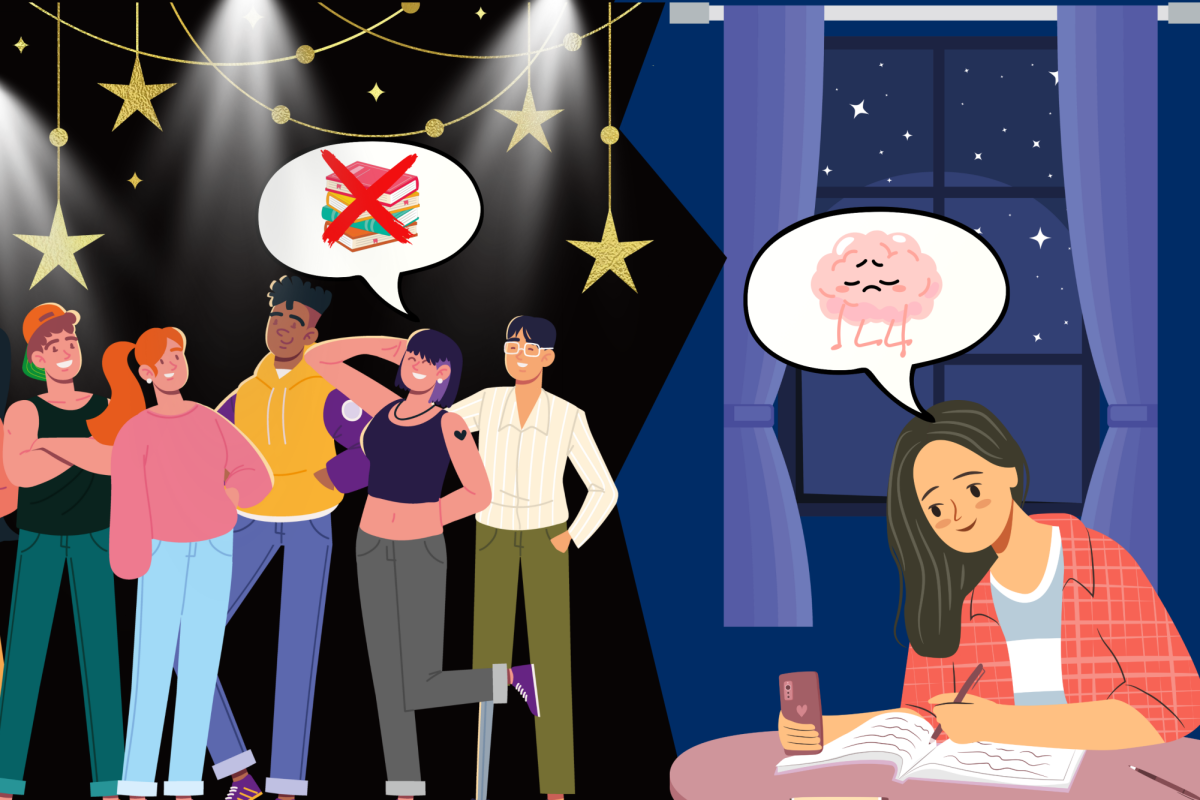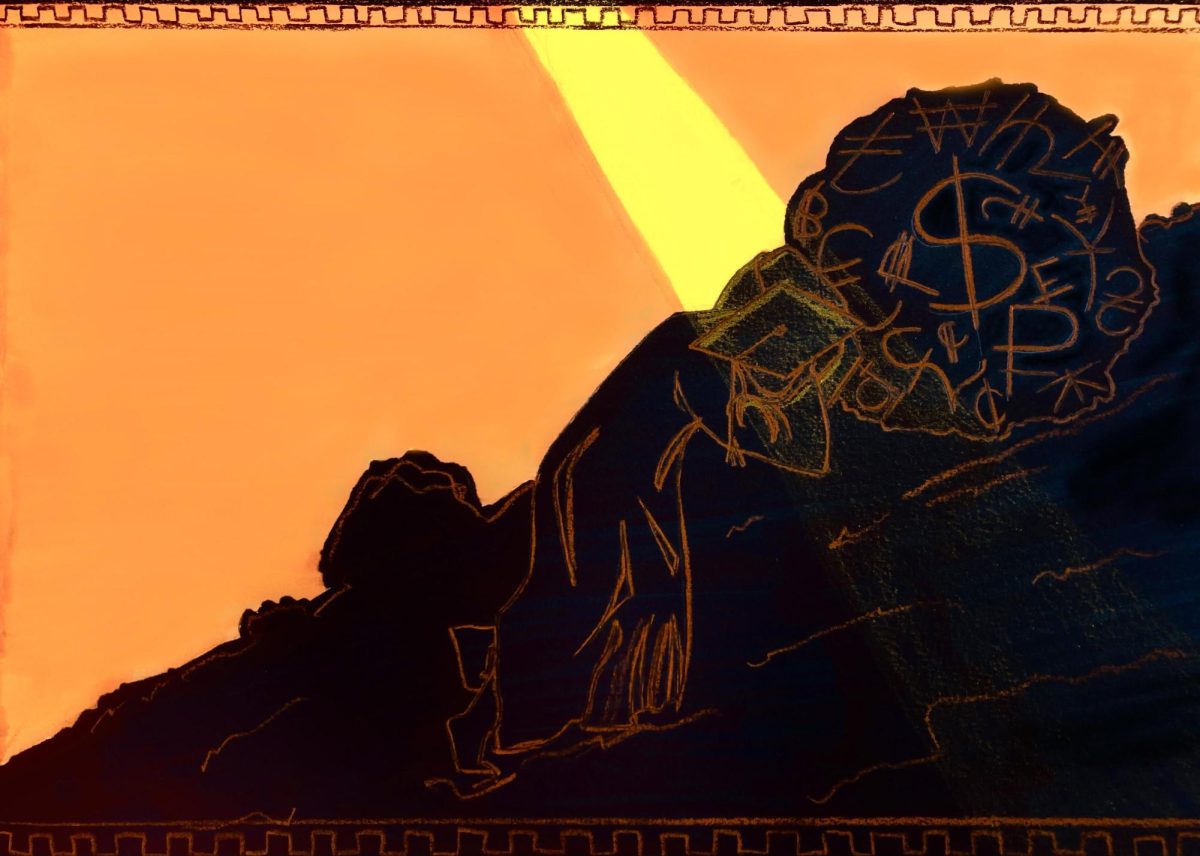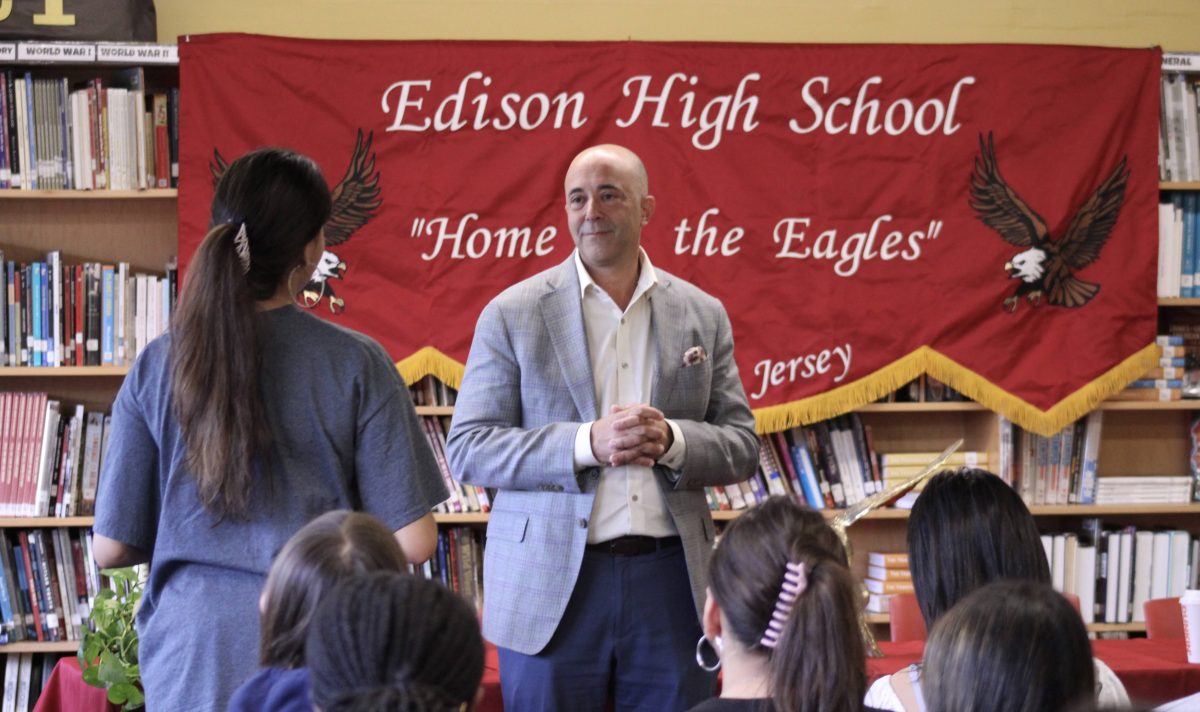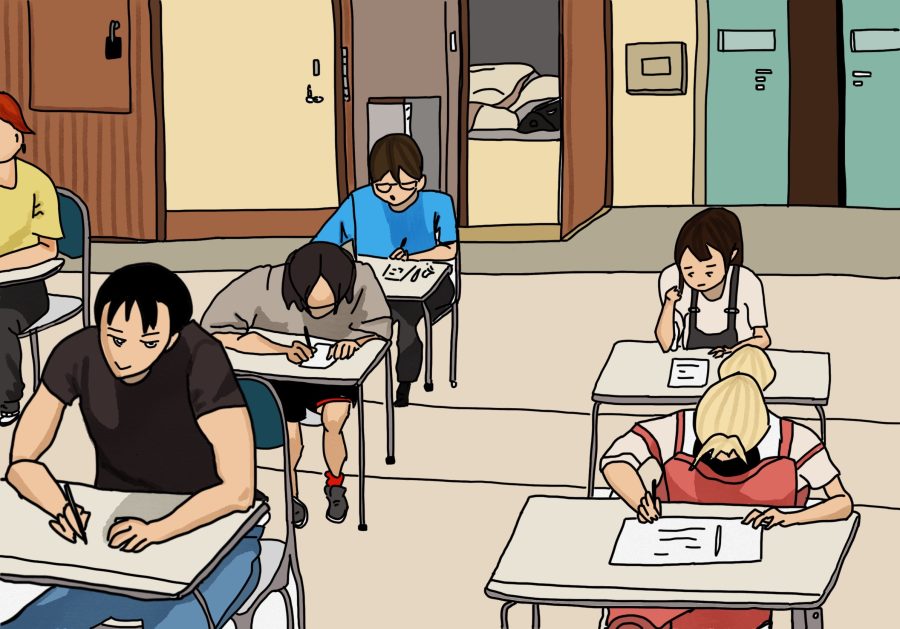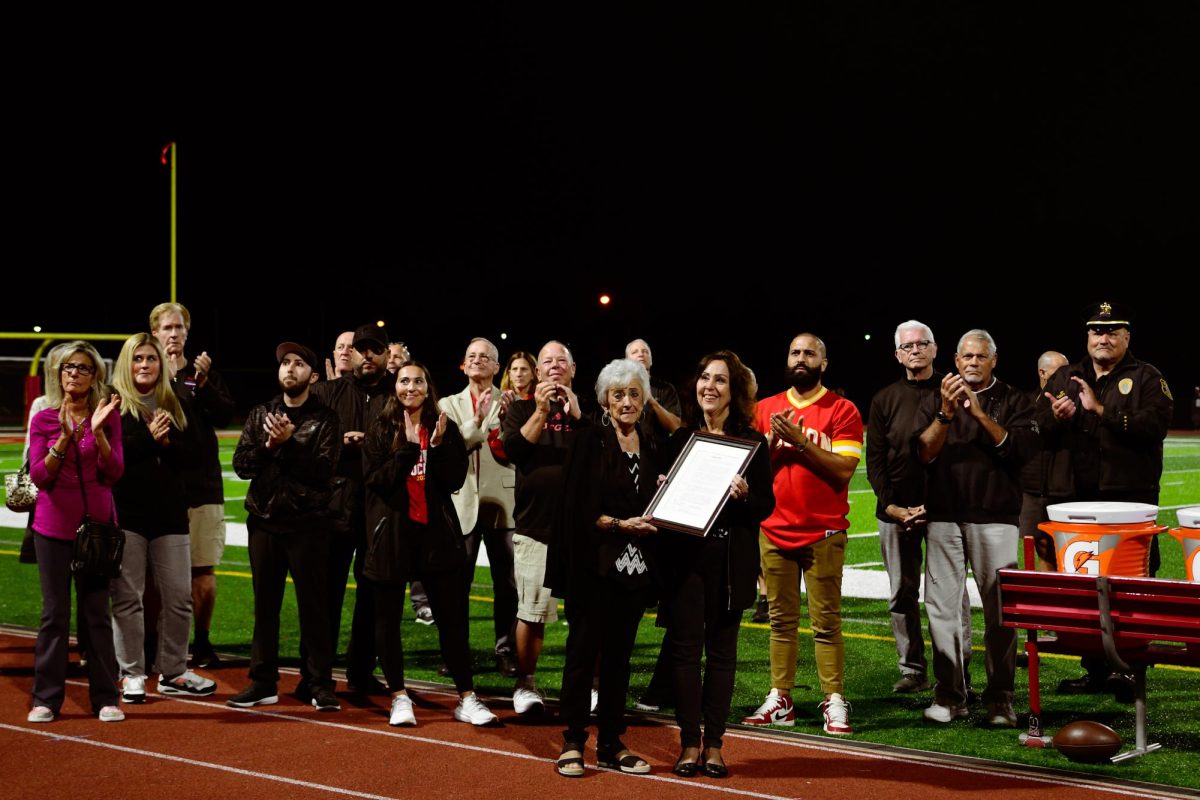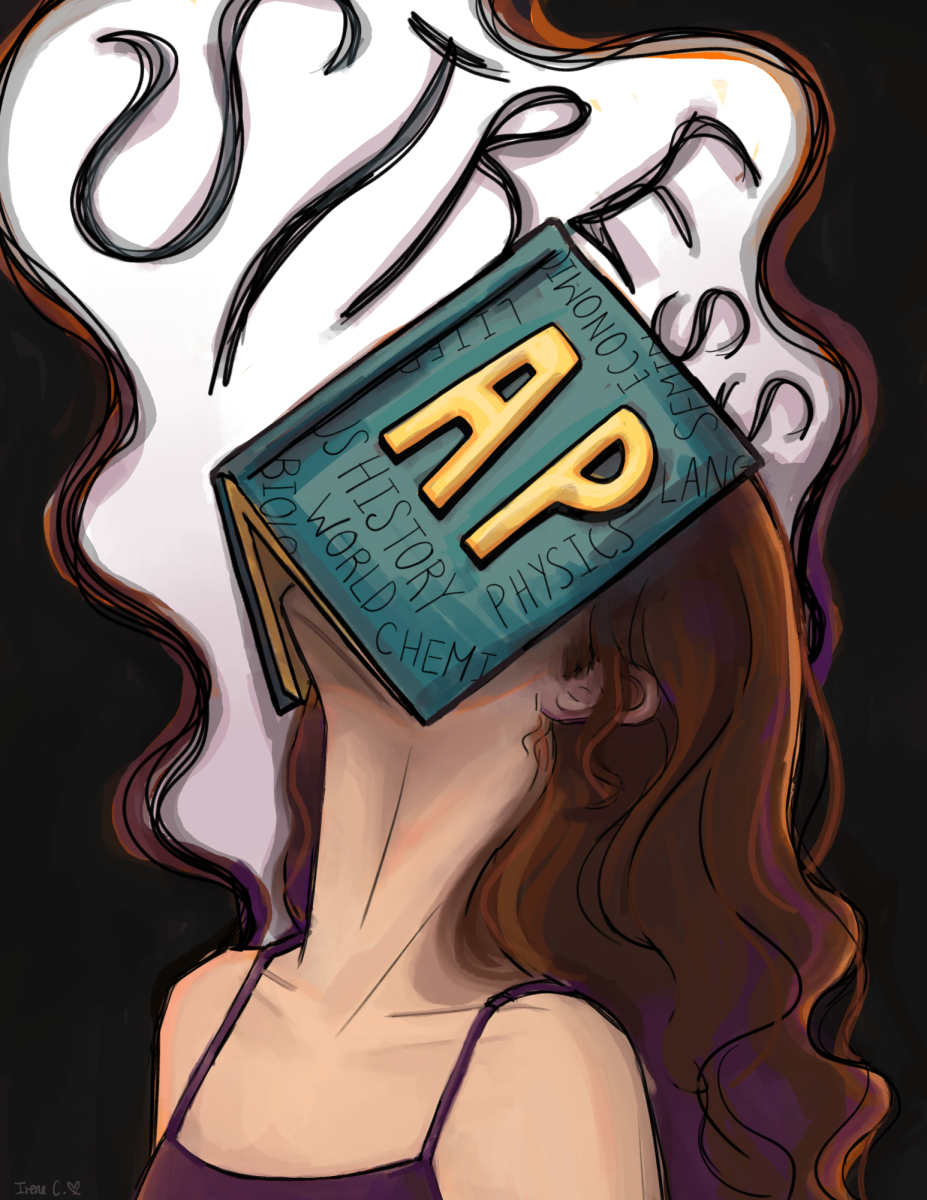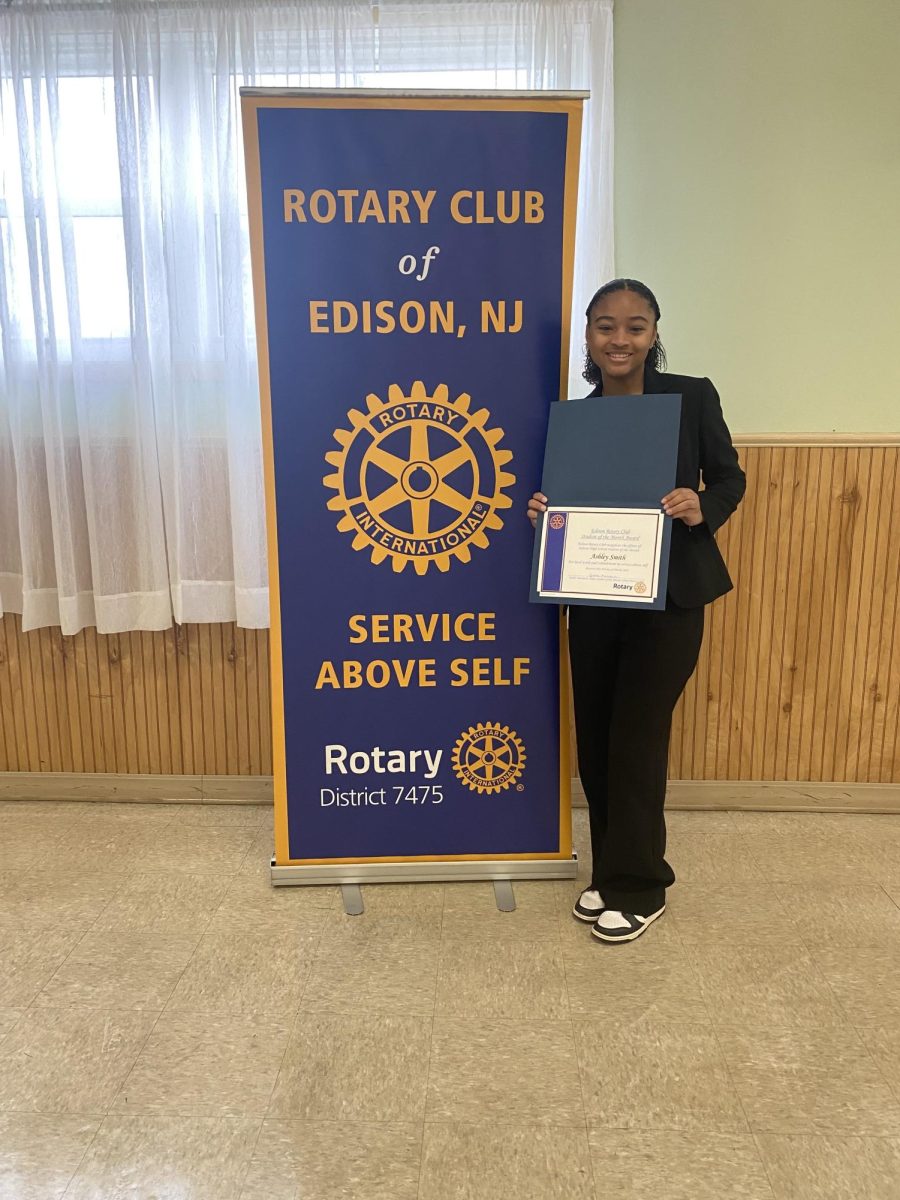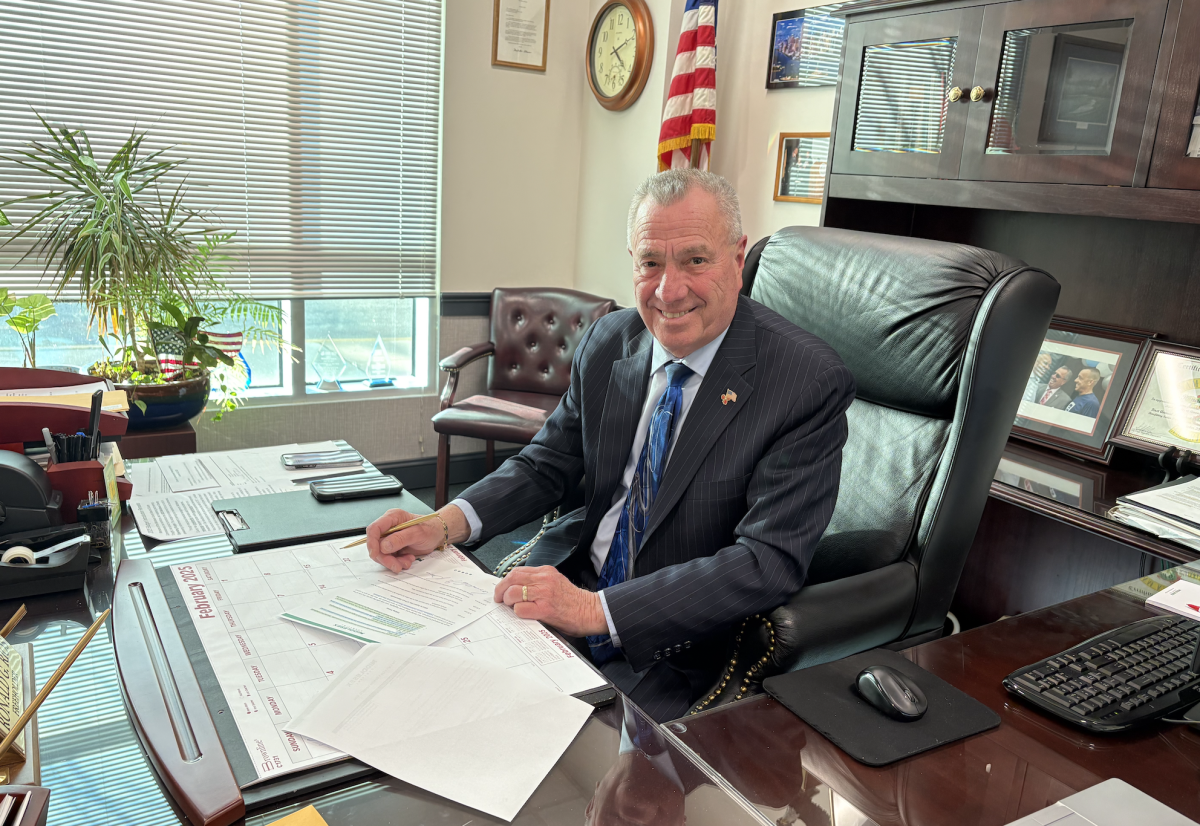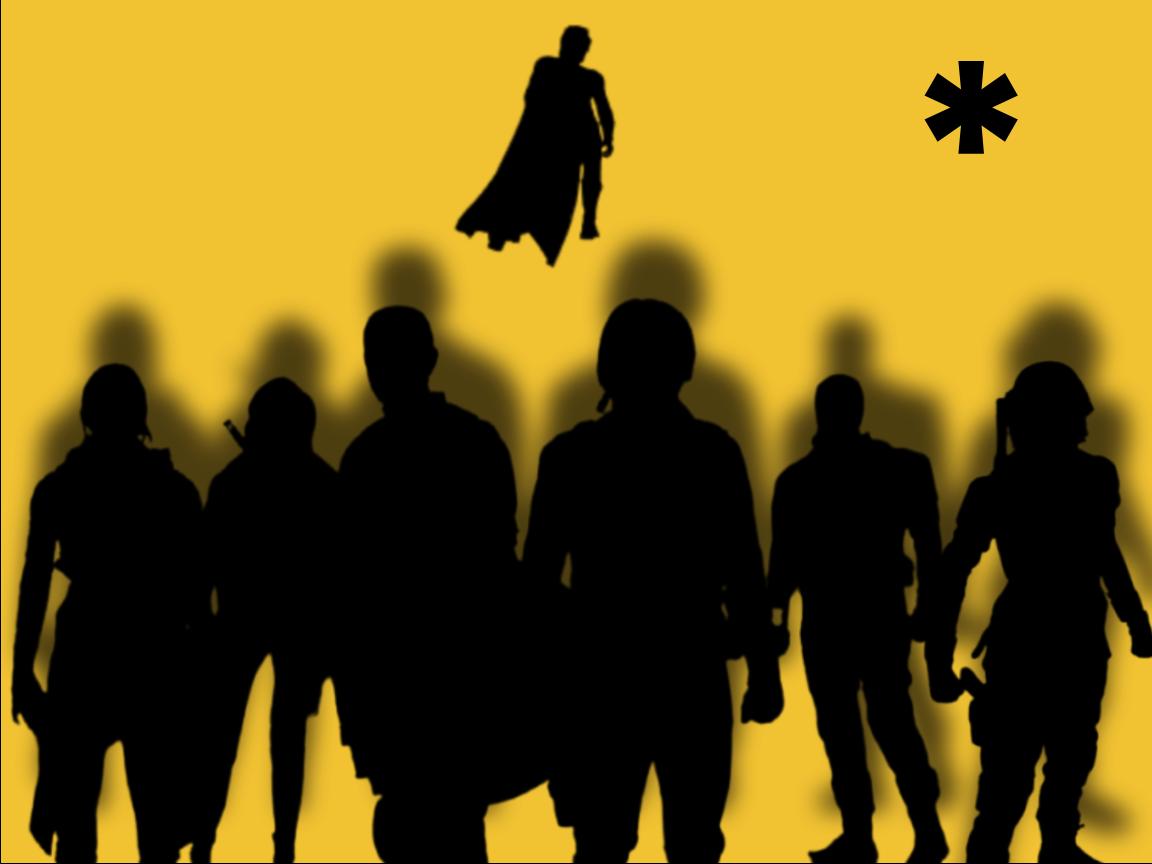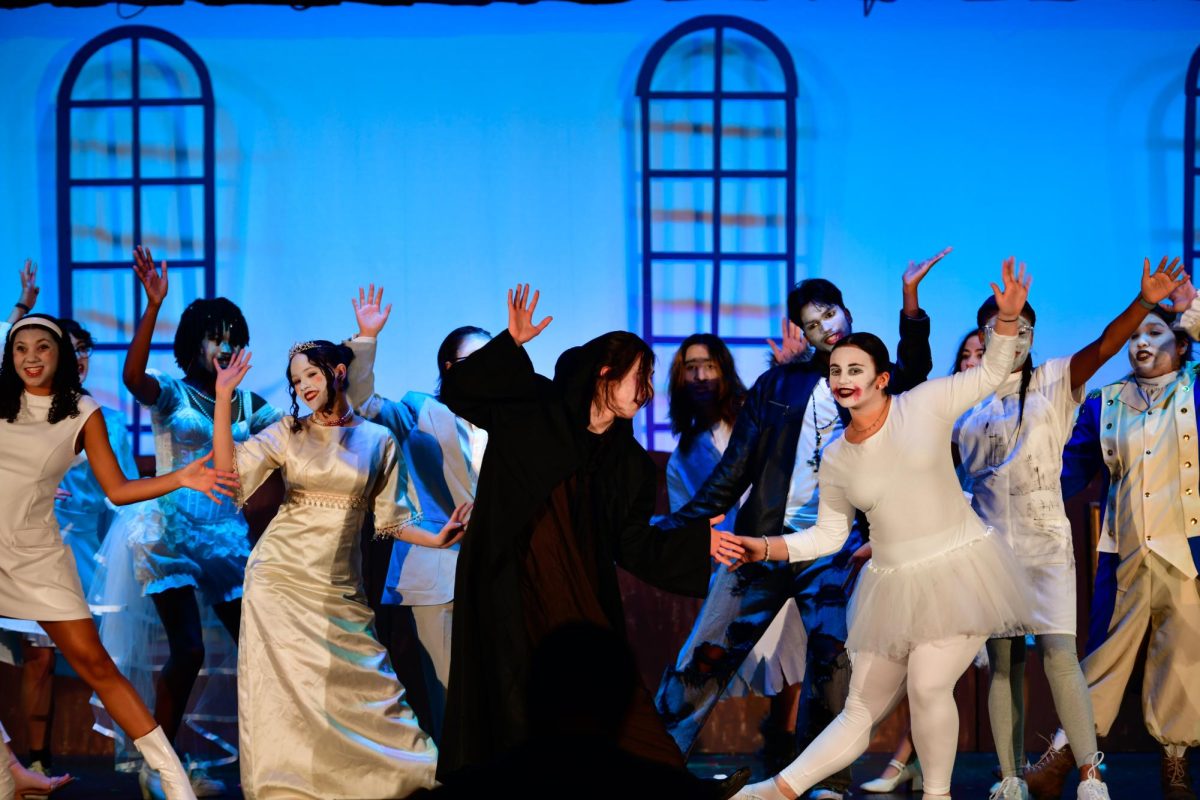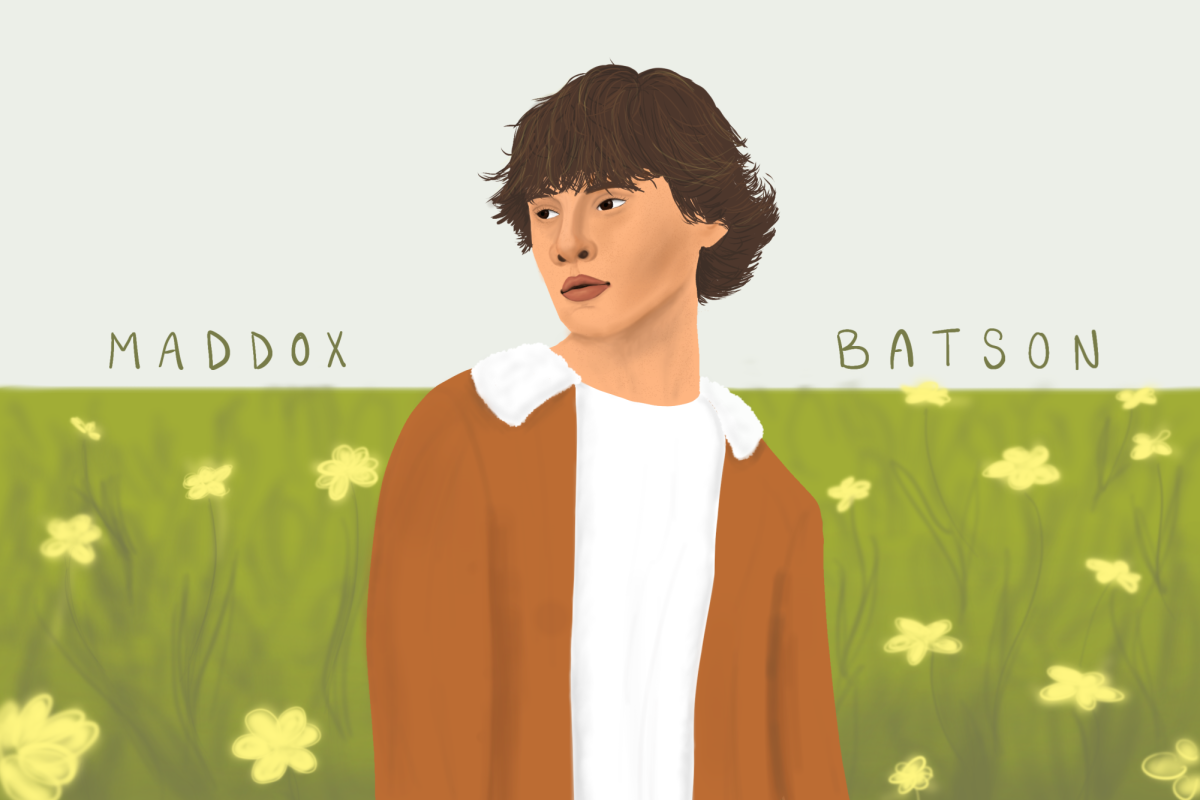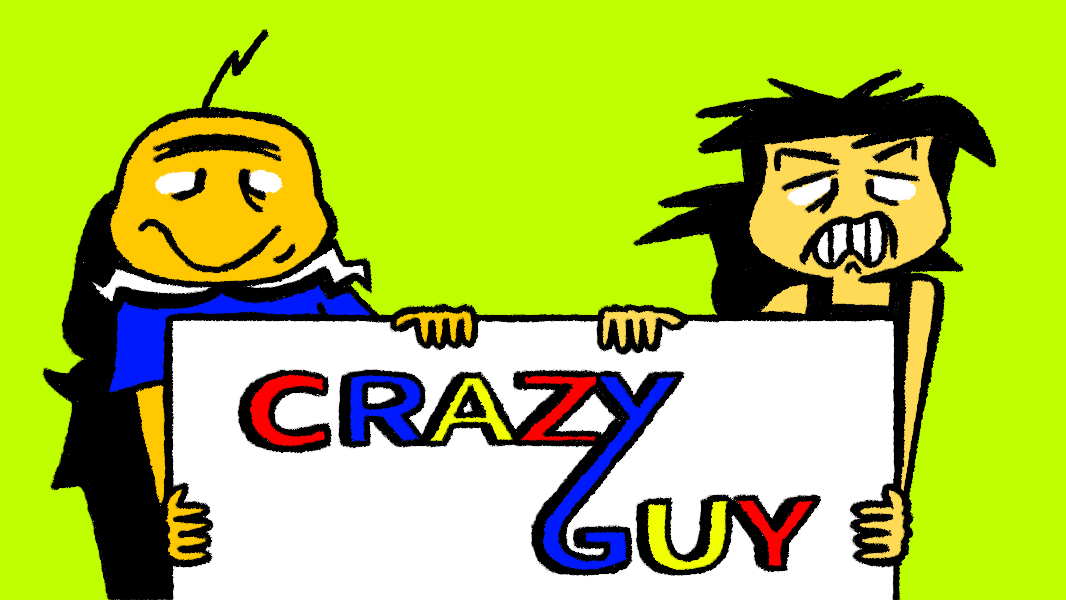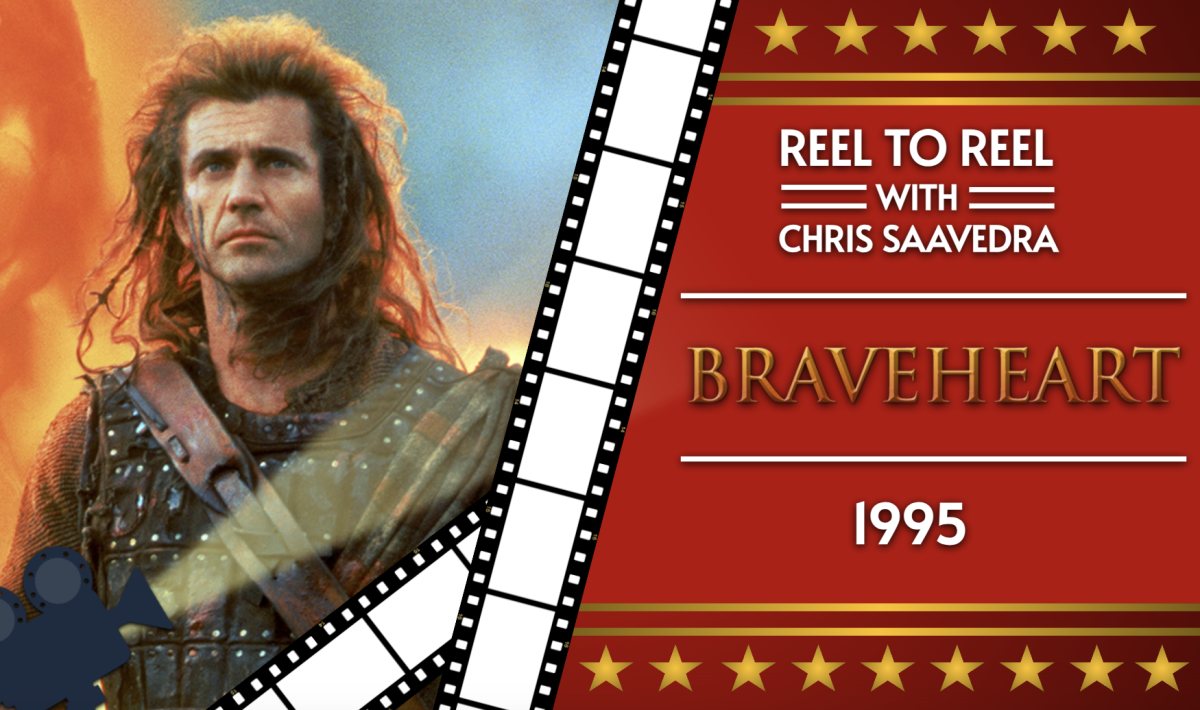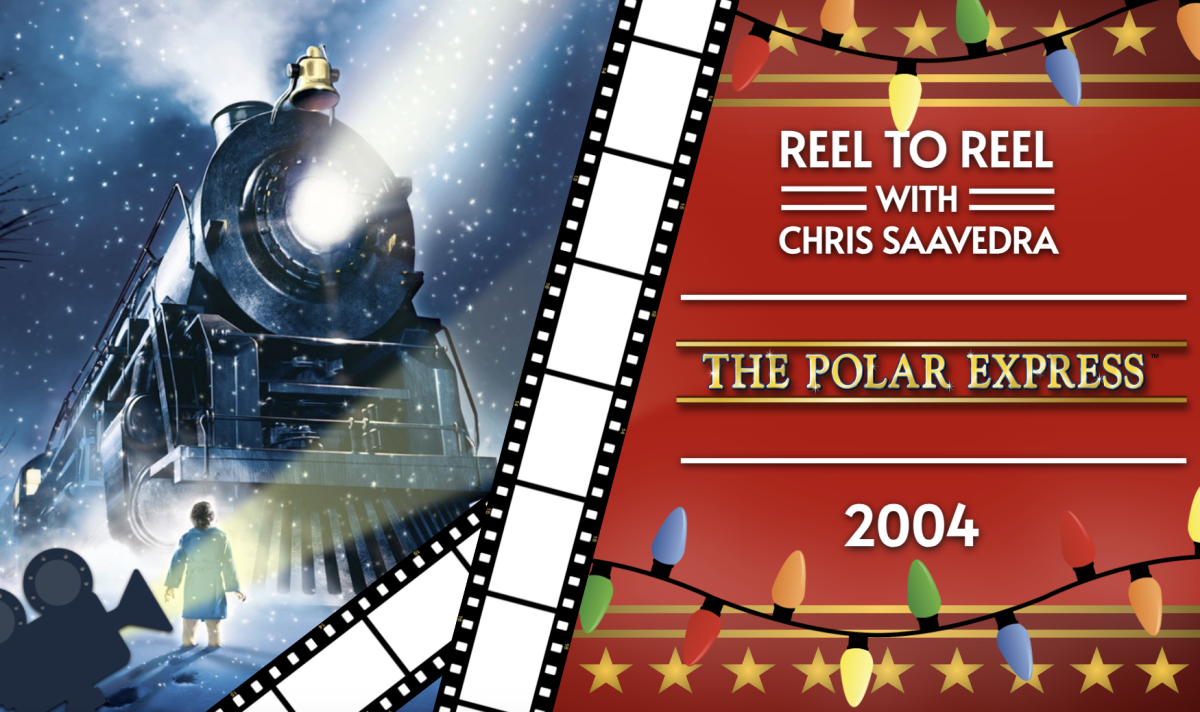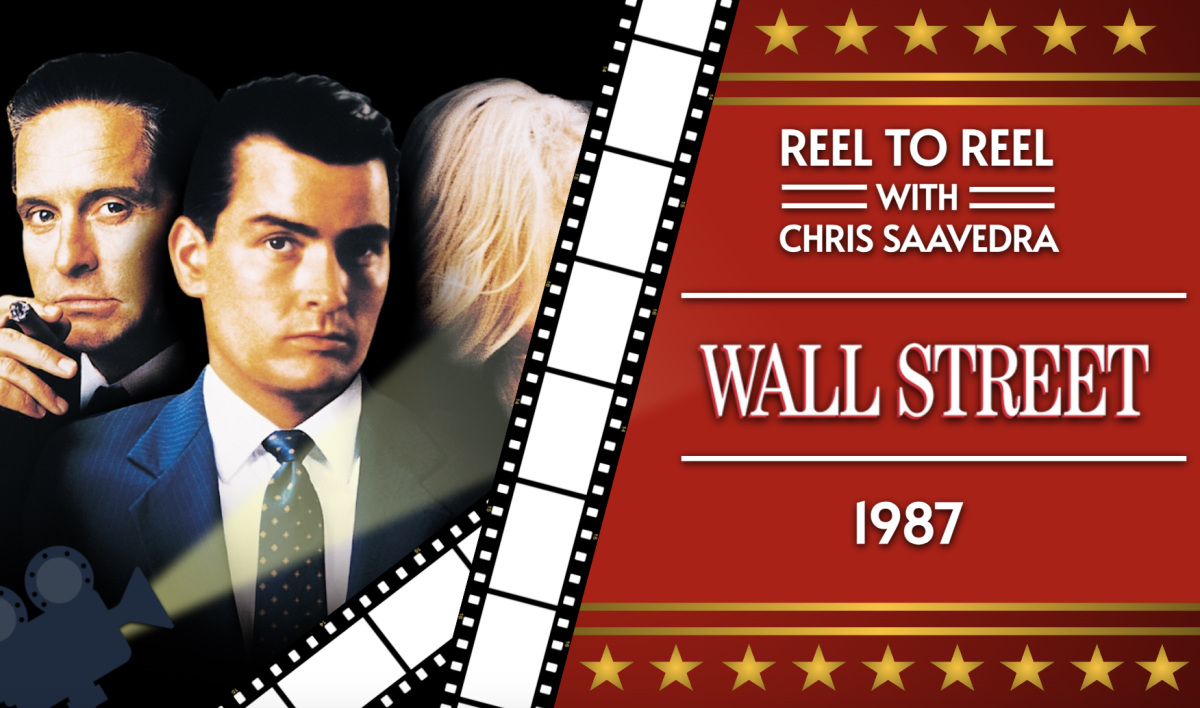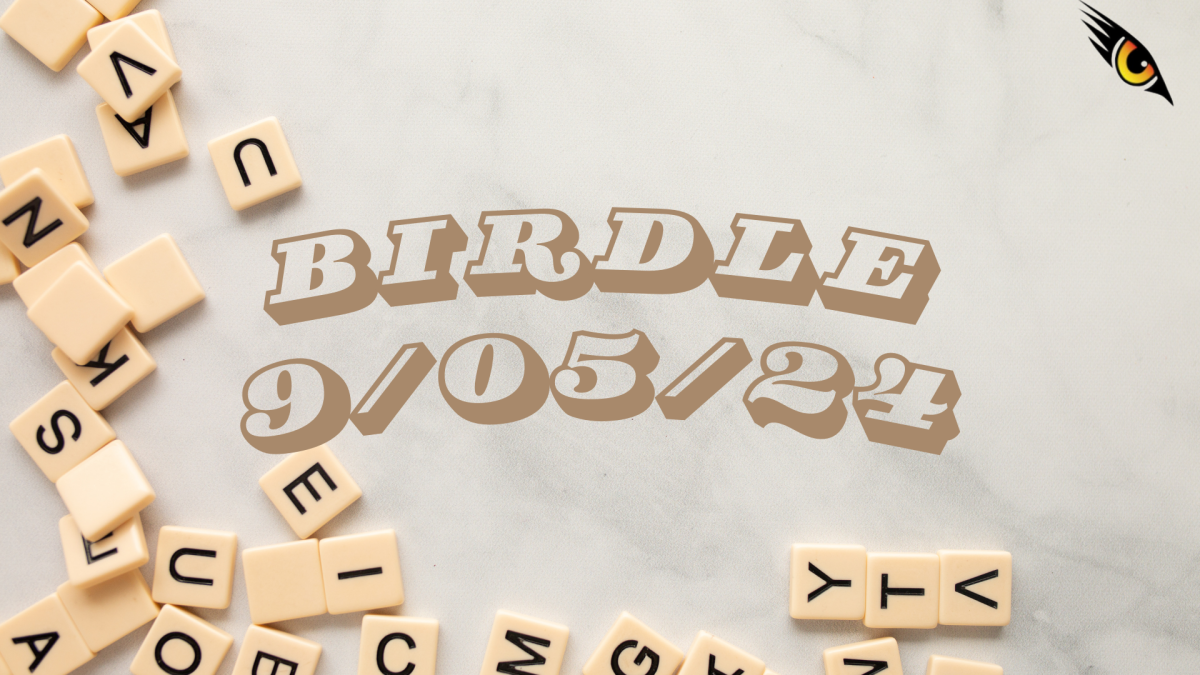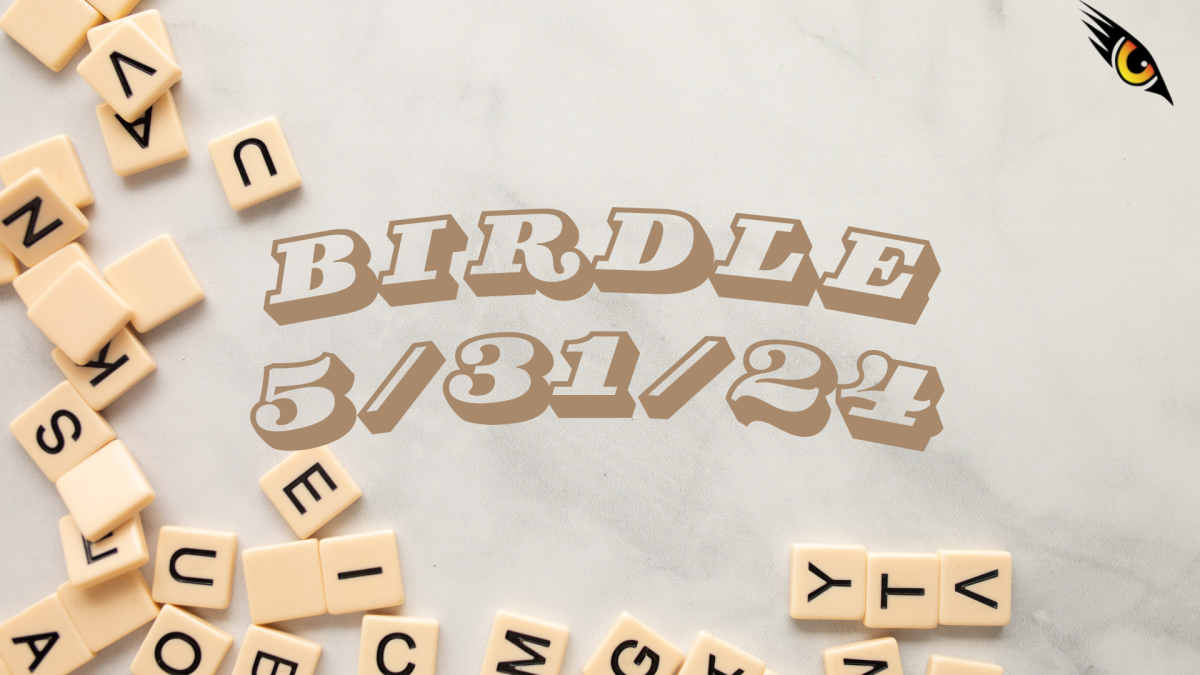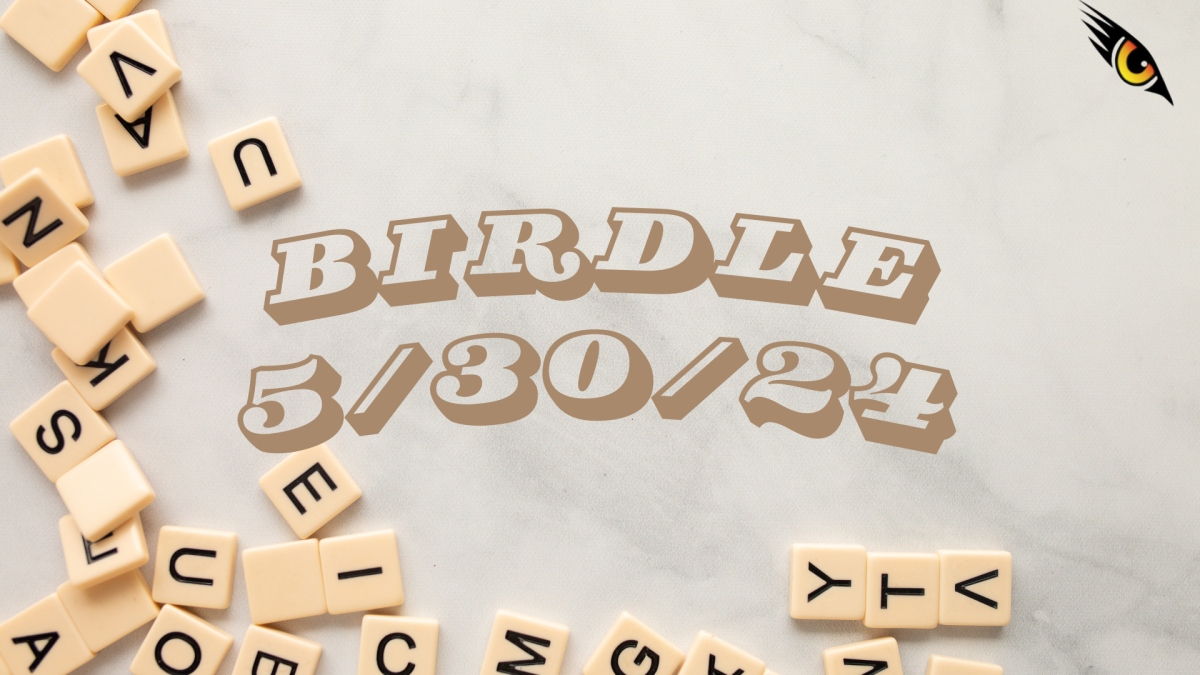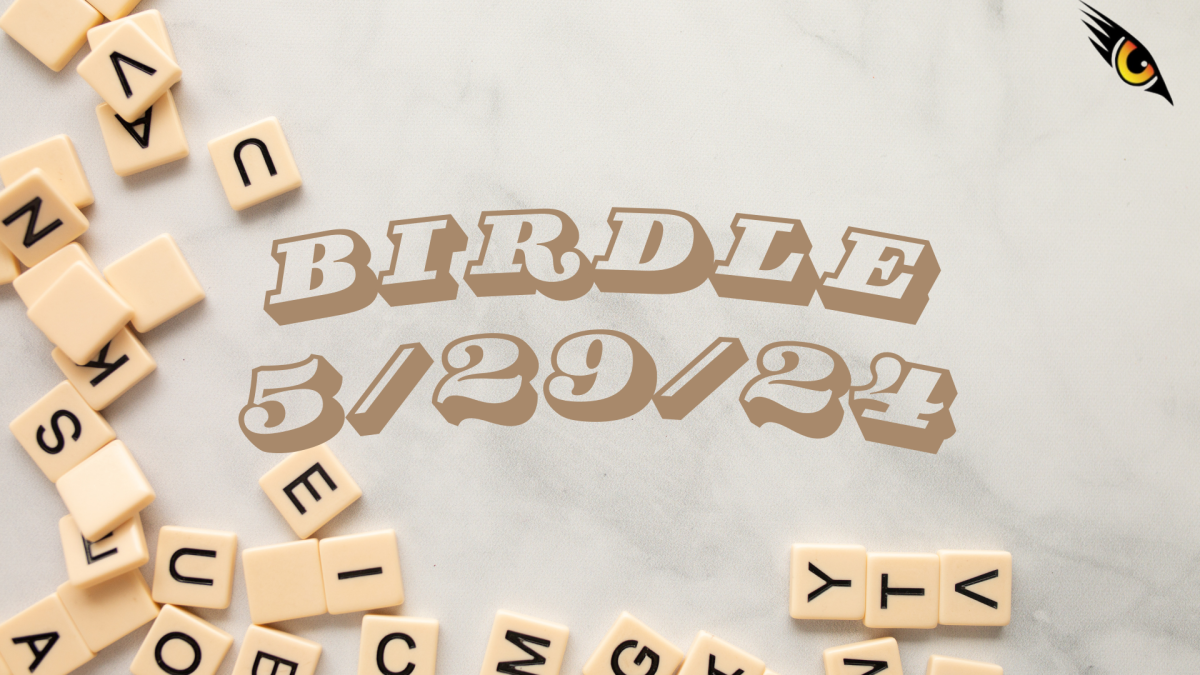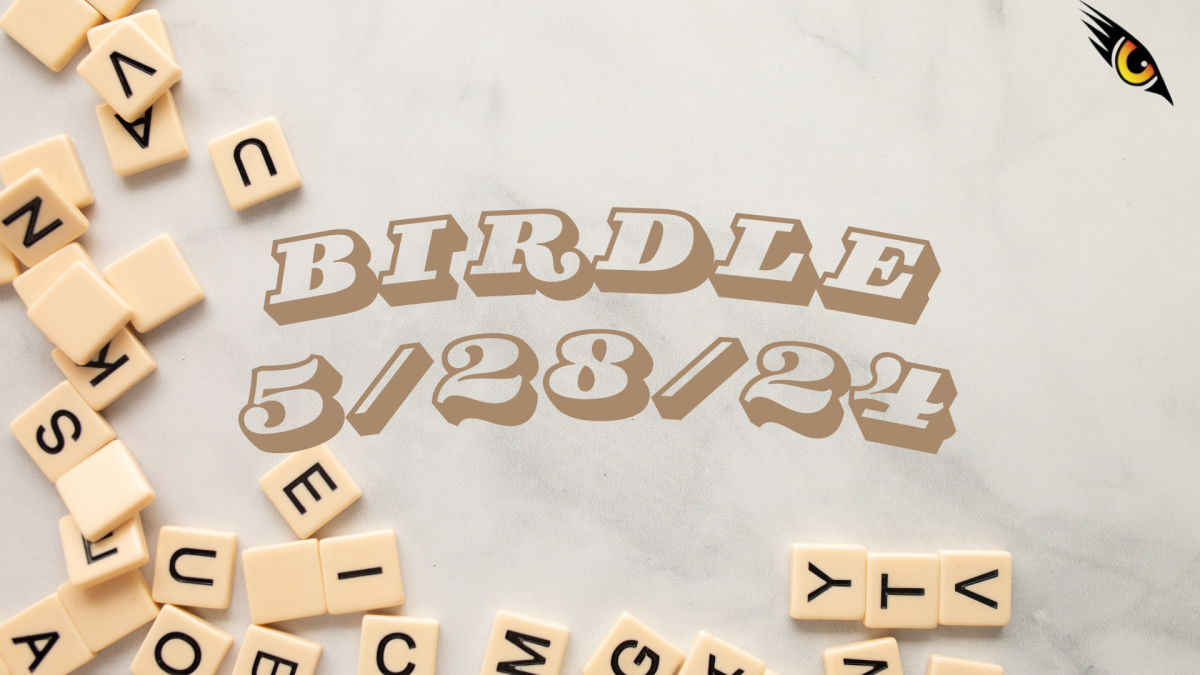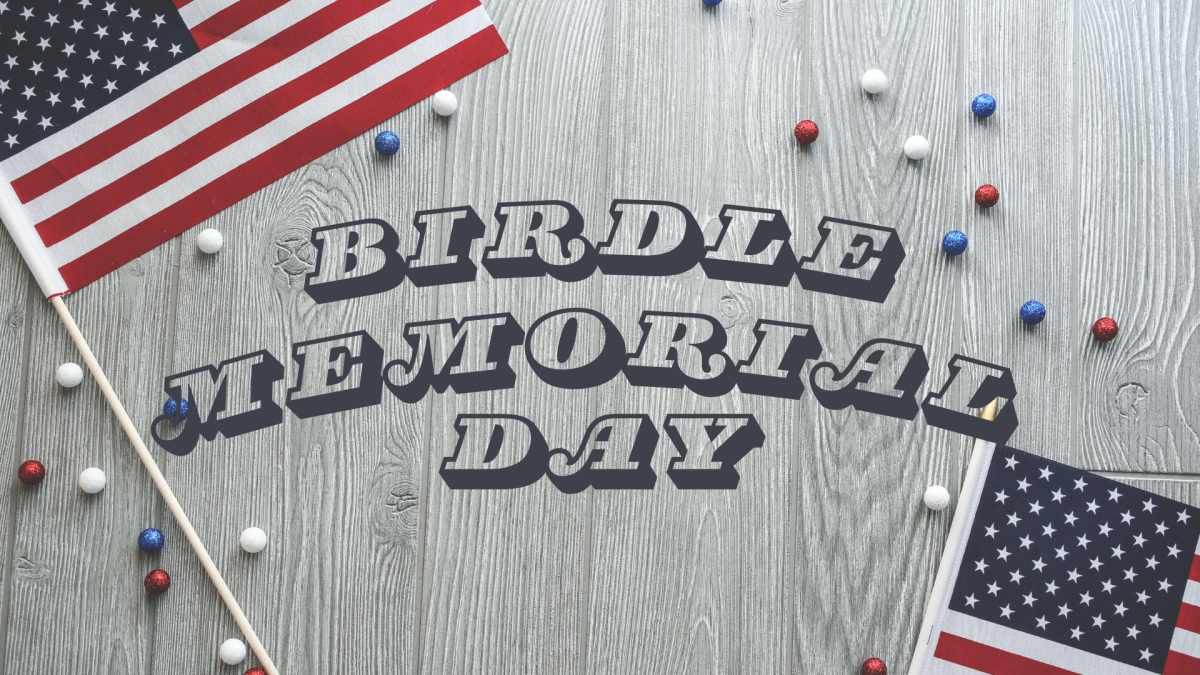Cultural heritage fosters a deep sense of pride and respect, shaping the traditions and history that define the identity of a community or nation. From the castle in Edinburgh to the coastlines of the Orkney Islands, the Scottish exemplify this deep connection to heritage.
One of Scotland’s more revered figures is William Wallace, the legendary thirteenth-century warrior who led forces in the First War of Scottish Independence against the invading army of England. His legacy and aura inspired the works of countless poets, authors, and filmmakers, as seen in Mel Gibson’s film Braveheart.
Directed by and starring Gibson, the film was inspired by The Wallace, a fifteenth-century romanticized biography. Released in the summer of 1995, Braveheart has become a very controversial film, with some calling it a love letter to Scottish history and others decrying it as a manipulation of history.
Despite its contentious story, the movie is intriguing in its foreshadowing of modern political Anglo-Scottish relations, while being an archetype of cultural pride.
Set in 1280, Braveheart’s Scotland is in a power struggle. Without an immediate heir, the death of King Alexander III has thrown the line of succession into crisis. To avoid a civil war, the Scots approach King Edward I of England to intervene. Edward sensed weakness and saw an opportunity to expand his rule. Edward appoints John Balliol as King of Scotland, although he is a puppet king. Edward then invades and conquers Scotland.
Meanwhile, William Wallace is a young peasant living a humble life. With his friend Hamish, he fights with bravery in battle against Edward. Suffering through betrayal and the arrows of war, Wallace becomes a formidable opponent, but is soon captured and taken to London to be executed. Even to his dying moment, he remains defiant, and yells a shout of “Freedom!”, becoming a martyr to his people.
Through its medieval setting, Braveheart has become a famous representation of nationalism and taking pride in your nation and culture. Wallace raises an army to fight for their freedom, to liberate themselves from the control of England, and to have a country of their own. The Scottish paint their faces blue and wear kilts, unite into one identity, and uphold their culture, history, and community free of English influence.
This fierce patriotism echoes modern concerns of assimilation and maintaining past traditions and customs. Colonial repression and assimilation has destroyed thousands of cultures and ways of life. Just as England tried to do with Scotland, they would eventually colonize and dominate nearly half of the world, controlling areas like India, Hong Kong, Canada, the Caribbean islands, and many more. The film reinforces the need to take pride in your ancestors, your culture, and your heritage, a message that many of the population of Edison High can relate to.
Braveheart has also become a fascinating study of the modern relations between Scotland and England. They first merged together through the Acts of Union in 1707, merging the two kingdoms into a singular entity: the Kingdom of Great Britain. Despite being part of the same country, tension between the two nations remains.
In 2014, Scotland held an independence referendum, asking voters if Scotland should become an independent country. 55% voted against independence— a slim majority. The referendum reignited conversation over Scottish sovereignty and their relationship with the rest of the UK.
In 2016, during voting for the United Kingdom leaving the European Union (Brexit), Scotland voted against separation, further raising tensions between Edinburgh and London. Scotland viewed the EU as boosting free trade and attracting foreign investments, which were on the line if the UK voted to leave the EU. Even in social events, the Scottish still find ways to throw jabs at England. Scotland has no official national anthem, but one of which is known as Flower of Scotland, where it bluntly refers to the Scottish victory over King Edward II at the Battle of Bannockburn in 1314.
Braveheart has remained a contentious title in cinematic history. While it masterfully portrays the essence of pride in heritage, it’s important to remember that the movie takes heavy historical liberties in its characters and events in the name of creating a dramatic story. It encapsulates the duality of historical films that is so present in the film industry; trying to find a balance in faithfully retelling history but also creating a memorable story between England and Scotland. The movie succeeds in evoking powerful emotions, but its inaccuracies remind us of the delicate balance between entertainment and faithful historical representation.













